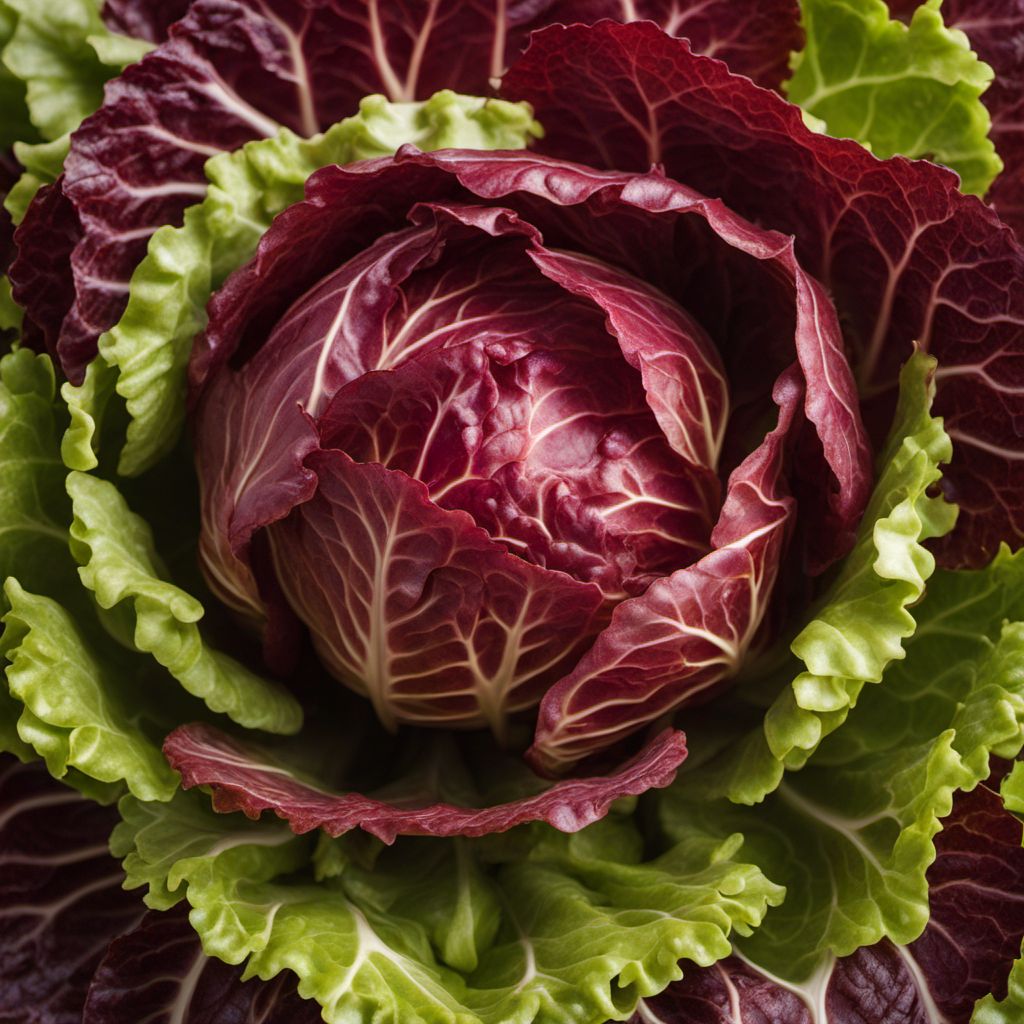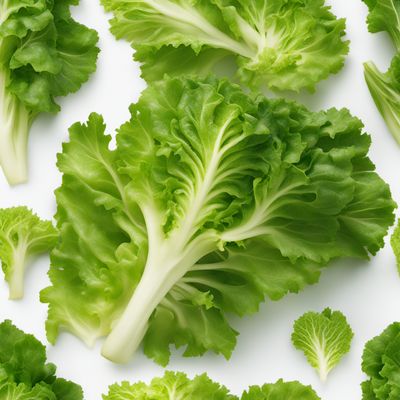
Ingredient
Head lettuces
The Crisp and Refreshing Head Lettuces
Head lettuces are characterized by their tightly packed, round heads and crisp leaves. They offer a refreshing and mild flavor, making them a popular choice for salads and sandwiches. With their vibrant green color and crunchy texture, they add both visual appeal and a satisfying bite to any dish.
Origins and history
Head lettuces have been cultivated for centuries and are believed to have originated in the Mediterranean region. They have since spread to various parts of the world and are now grown in different climates and regions. In many cultures, head lettuces are considered a staple ingredient in salads and are enjoyed for their versatility and nutritional benefits.
Nutritional information
Head lettuces are low in calories and high in water content, making them a hydrating and nutritious choice. They are a good source of vitamins A and K, as well as folate and fiber. Incorporating head lettuces into your diet can contribute to overall health and well-being.
Allergens
May contain allergens such as latex, which can cause allergic reactions in individuals with latex sensitivities. It is important to consult with a healthcare professional if you have any known allergies or sensitivities to latex or other related substances.
How to select
When selecting head lettuces, look for firm heads with crisp leaves. Avoid lettuces that appear wilted, discolored, or have brown spots. The outer leaves should be vibrant and free from damage. Opt for organically grown lettuces to minimize exposure to pesticides and other chemicals.
Storage recommendations
To maintain the freshness and crispness of head lettuces, store them in the refrigerator. Wrap them loosely in a damp paper towel or place them in a perforated plastic bag to retain moisture. Use them within a week of purchase for the best quality and flavor.
How to produce
Head lettuces can be easily grown in home gardens or containers, making them an accessible ingredient for amateur gardeners. They thrive in cool weather and require well-drained soil and regular watering. With proper care and attention, you can enjoy a fresh supply of head lettuces throughout the growing season.
Preparation tips
Head lettuces can be used in a variety of ways, including salads, sandwiches, wraps, and even as a bed for grilled meats or seafood. They provide a refreshing crunch and a mild flavor that complements a wide range of ingredients. Experiment with different dressings and toppings to create your own signature salads.
Substitutions
Iceberg lettuce can be used as a substitute for head lettuces, although it has a milder flavor and less crunch. Other leafy greens such as romaine lettuce or butter lettuce can also be used as alternatives, depending on the desired texture and flavor.
Culinary uses
Head lettuces are commonly used in salads, both as a base and as a topping. They are also a popular choice for sandwiches and wraps, providing a refreshing crunch. In some cuisines, they are used in stir-fries or cooked as a side dish. Their versatility makes them a staple in many culinary traditions.
Availability
Head lettuces are widely available in grocery stores, supermarkets, and farmers markets. They are cultivated in various regions around the world, including North America, Europe, and Asia. Local availability may vary depending on the climate and growing season.
More ingredients from this category
Recipes using Head lettuces » Browse all

Authentic Central American Curtido Recipe
Zesty Central American Slaw: A Tangy Twist on Curtido

Soulful Anchovy Po' Boy
Savor the Soul: Anchovy Po' Boy Sandwich

Basque-style Fermented Cabbage
Txalaparta Kimchi: A Basque Twist on Fermented Cabbage

Faroese-style Caramelized Cabbage
Savory Caramelized Cabbage Delight from the Faroe Islands

Bocadillo de Salami with a Twist
Savory Spanish Salami Sandwich Delight

Takoraisu - Japanese-Inspired Rice and Taco Bowl
Tokyo Taco Bowl: A Fusion of Japanese and Mexican Flavors

Irish-inspired Corned Beef and Cabbage Stew
Emerald Isle Stew: A Hearty Irish Twist on Corned Beef and Cabbage

Solterito Salad with Romanian Twist
Romanian-Inspired Solterito Salad: A Vibrant Fusion of Flavors

Silesian Collards and Cabbage Stew
Hearty Silesian Greens Stew: A Taste of Tradition

Vietnamese Beef Salad
Zesty Beef Delight: A Vibrant Vietnamese Salad

Tacos Acorazados
Mexican Fiesta Tacos: A Flavorful Delight

Maldivian-style Grilled Fish Sandwich
Tropical Delight: Maldivian Grilled Fish Sandwich



